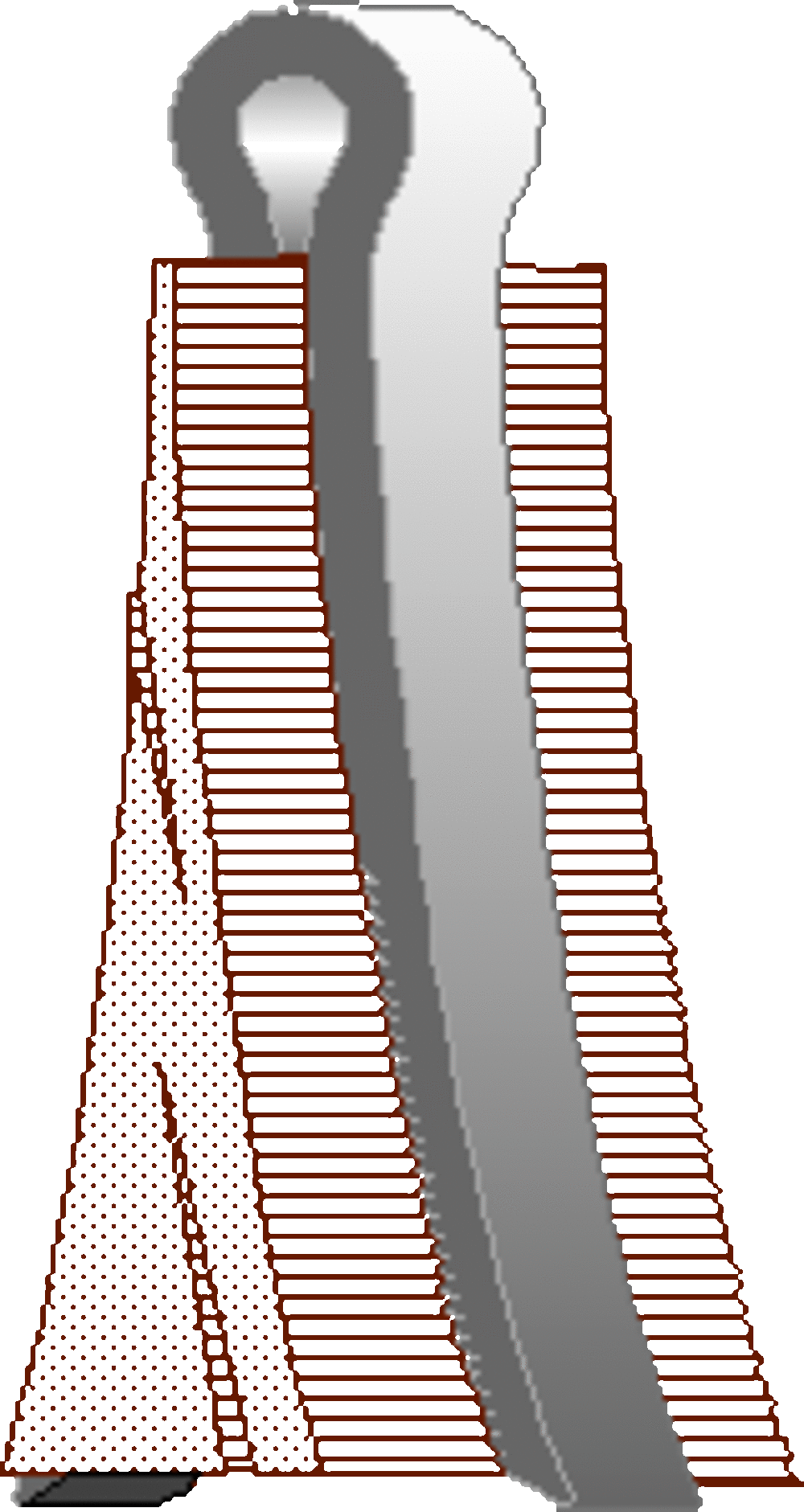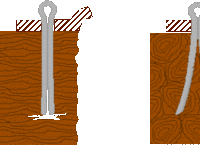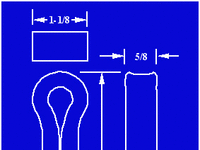The stability of railway track work, particularly when laid on wooden cross ties, is a constant concern of railroads. The grip of the spikes or bolts or other securing means which holds the rails to the tie plates and the tie plates to the cross ties depends on the resiliency of the wooden ties to maintain the grip. This grip is adversely affected however both by the vibrational loads imposed by passing trains, particularly heavy freight operation, and by seasonal variations in ambient temperature and moisture which causes ties to swell or shrink, greatly affecting the resilience of wood, and which, if sufficiently severe, can result in splitting of the cross ties.
In addition, the increasing employment of continuous-welded rail (CWR) further accentuates this problem inasmuch as lengthwise thermal expansion of the rails is suppressed by rigidly securing the rails to the tie plates which are in turn rigidly secured to the ties, with the ties immobilized by the ballast. Obviously any relative motion of any of the components imposed between the rails and the ballast can destabilize the Track work and widen the gauge, which generally occurs when the grip of the wooden ties on the spikes or bolts is compromised.
Regardless of the rail securing means, whether spike, bolt or myriad of complex securing means that have been developed, localized tie splitting tends to decrease the grip of the securing means to the tie, and if severe enough, loosen the spike or bolt beyond the point of safety. In response to these deficiencies, a unique Self-Securing Rail (SSR) spike is disclosed whose grip on the tie is not affected by seasonal variations in ambient temperature and moisture, and consequently not affected tie swelling or shrinking. Moreover the grip of the SSR Rail spike is not loosened by tie splitting.
Althought the SSR spike appears to resemble the conventional hairpin spike, the mechanical resemblence is superficial.
Unlike all other rail securing means wherein the wood tie grips the spike, the SSR spike grips the wood tie. Accordingly the SSR spike alone grips the tie by loading the wood grain in compression rather than customarily in tension. The effect of this compression loading is to secure the spike and maintain the spike grip independently of temperature, moisture content or even cracks in the cross-tie.
The concept is described in detail on my web page.
Like this entry?
-
About the Entrant
- Name:Moishe Garfinkle
- Type of entry:individual
- Patent status:none








